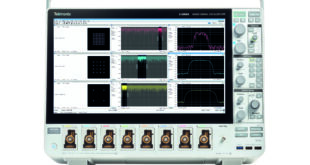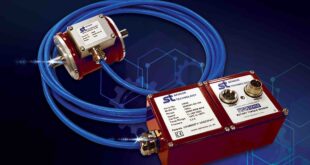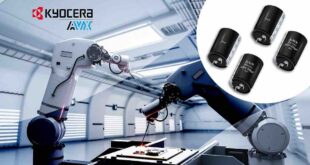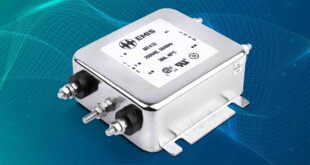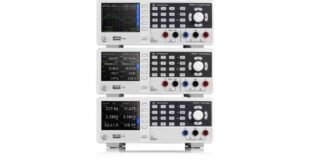Chris Lloyd explains the trend in the enclosure market and where it’s heading
The most significant shift in the industrial enclosure market over recent years has been the demand for increased customisation and fulfillment. From CNC machining to pre-assembled electrical terminals, additional services save the customer time and money. In some cases, turnkey solutions are provided and this bespoke approach has also had a knock-on effect for enclosure technology, which is becoming ever more specific to task.
The most significant change for industrial enclosure manufacturers over the past 10 years has been the requirement to provide not just the enclosure itself, but a customised, partially complete or even a finished unit. This means that customers, typically OEMs but also end-users, increasingly request components to be assembled by the enclosure manufacturer, providing a product that’s ready – or almost ready – for installation.
Driving this trend is the reduction in the time and cost of labour for the customer. Shifting this aspect of manufacturing production to the enclosure manufacturer also speeds up project completion, meaning faster time to market.
Enclosure assembly and customisation
In addition to providing the actual enclosure, this means that manufacturers are typically requested to fit components such as electrical terminals and cable glands, through to membrane keypads and overlays. Part of the pre-assembly process can also include customisation. Using CNC machining, this can mean drilling specific sizes and locations of holes for optimal cable routing, through to countersinking and tapping to increase mounting flexibility.
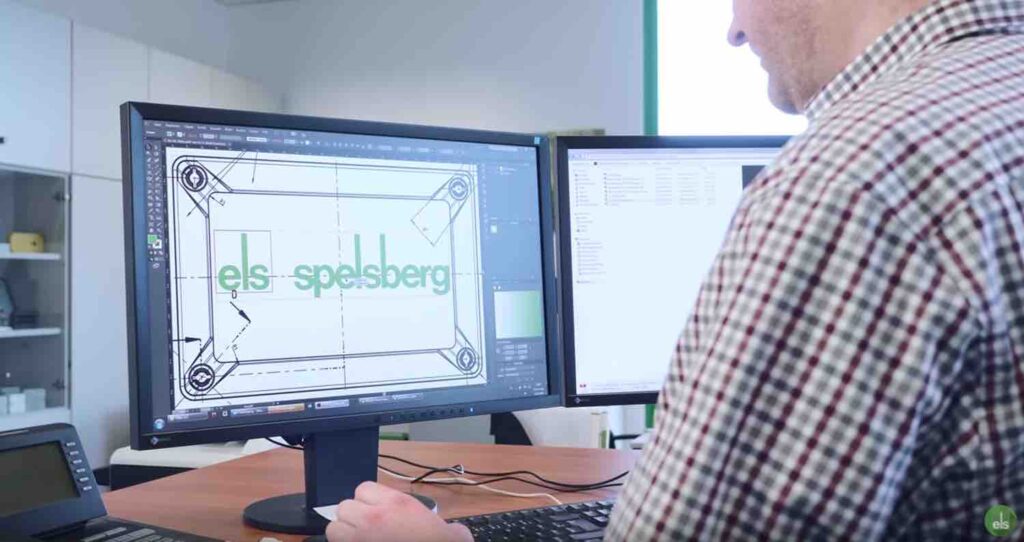
Today, the enclosure manufacturer has the skills and technology that the OEM or end-user doesn’t have available in-house, in order to provide customised and assembled units. This increases the accountability demanded from the enclosure manufacturer – instead of sharing it with third-party machinists or fulfillment houses – which improves the speed and reliability of project completion.
The shift to complete finished products
The extent of progression in the one-stop-shop demands placed on current industrial enclosure manufacturers also includes complete finished products that are ready to install. For example, as a result of the rise in electric-powered vehicles, including cars as well as bicycles and scooters, manufacturers like Spelsberg have been tasked to provide OEMs and local and municipal authorities with complete charging units.
Spelsberg’s e-bike charging station, the BCS, is a complete battery charging unit, ready for public installation and use by an e-bike rider. The BCS includes not only a durable IP54/IK08 industrial enclosure, but also the electrical charging sockets, ready for connection direct to a 230/400V power grid. Providing completed products like an electric battery charging station means close partnership with electronic component specialists, such as PCB designers and manufacturers, as well as wider technology specialists such as mobile app developers. Each BCS unit can be located by an e-bike rider thanks to the connection of a smartphone app.
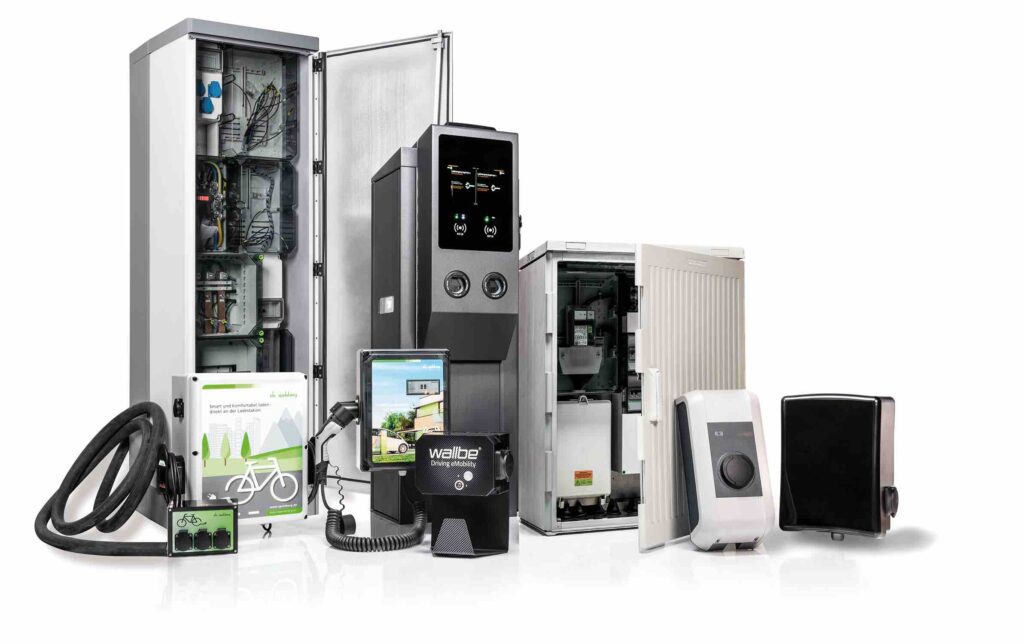
The demand on enclosure manufacturers for complete products is increasingly seeing a need for wider skills recruitment as well as additional partnerships with new types of suppliers. Manufacturers like Spelsberg are not only investing more in terms of electronic component development and manufacture, but system design is increasingly coming to the fore. Where previously a customer may have presented their design for the enclosure manufacturer to produce, increasingly the customer gives only their challenge or desired outcome, tasking the manufacturer with the design and development of the solution.
Rapid delivery of turn-key projects
Particularly for end-users such as large utilities suppliers, their requirements are increasingly for turn-key solutions. The enclosure of switchgear for solar farms is a tested example, and the renewable energy sector is also creating further demand for complete solutions for wind and tidal power. Telecommunications networks also have similar requirements. Providing major utilities with ready-to-install, completed units, not only gives them benefits in terms of speed and cost reduction, it also improves the efficiency of their procurement process by reducing their supplier count.
While customers increasingly want a near-ready or ready product, this hasn’t reduced the demand on timescale. Producing a customised prototype as a customer sample is often needed on a same-day basis. When it comes to providing the manufactured batch, the operation might typically be required within one to two weeks. This not only means fast production, including customised aspects such as CNC machining, but also involves carrying a flexible stock of items such as membrane keypads, in addition to the actual enclosures.
Specialised enclosure technology
In terms of the industrial boxes themselves, as customer requests become increasingly specific, so do the enclosures. To suit the varied nature of demanding applications, the range of standard enclosures has had to grow to accommodate products such as enclosures for concrete installation for the construction industry, through to fire-proof boxes for security devices such as alarms and sprinkler systems. More specialised still, applications for the military can require non-reflective, self-extinguishing, radar-proof, ‘stealth’ enclosures.
While there will remain a need for providing enclosures alone, for example to electrical installers, from the perspective of OEMs and end-users, the electrical enclosure industry will continue to move towards partially assembled and complete solutions for specialised applications. Not only is this approach saving the customer cost and time, ultimately it’s helping to create better-completed projects.
Chris Lloyd, is Managing Director, Spelsberg UK.
 Engineer News Network The ultimate online news and information resource for today’s engineer
Engineer News Network The ultimate online news and information resource for today’s engineer
